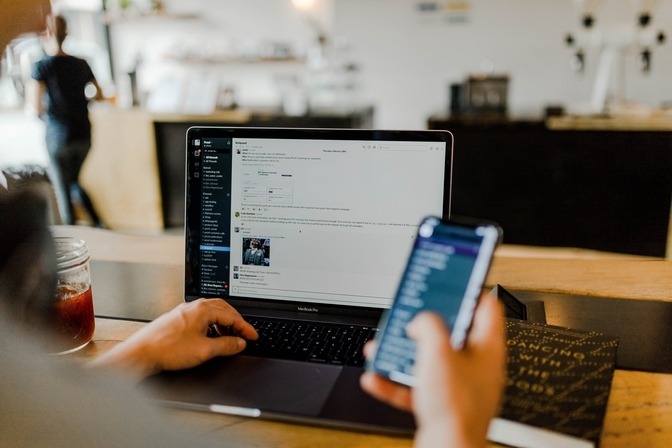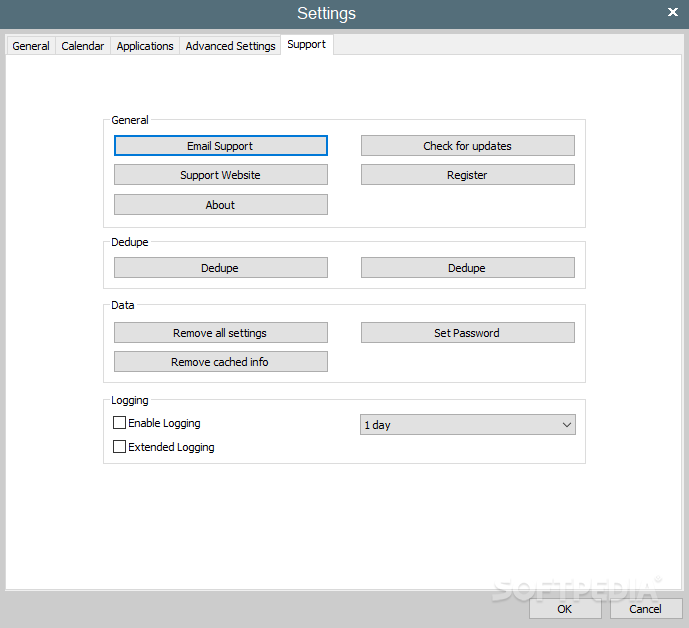

- #Companionlink manual full#
- #Companionlink manual portable#
- #Companionlink manual software#
- #Companionlink manual Pc#
- #Companionlink manual Bluetooth#
One widely known stroke recognition system is Palm's Graffiti.ĭespite research and development projects, end-users experience mixed results with handwriting recognition systems. The strokes are often simplified character shapes, making them easier for the device to recognize. Stroke recognition allows the user to make a predefined set of strokes on the touchscreen, sometimes in a special input area, representing the various characters to be input.Recognition and computation of handwritten horizontal and vertical formulas, such as "1 + 2 =", may also be a feature. Handwriting recognition, where letters or words are written on the touchscreen, often with a stylus, and the PDA converts the input to text.Some users may choose a chorded keyboard for one-handed use. An external keyboard connected via USB, Infrared port, or Bluetooth.Text is entered by tapping the on-screen keyboard with a finger or stylus. A virtual keyboard, where a keyboard is shown on the touchscreen.Typical methods of entering text on touchscreen PDAs include:

The user interacts with the device by tapping the screen to select buttons or issue commands, or by dragging a finger (or the stylus) on the screen to make selections or scroll. Some touchscreen PDAs, including Windows Mobile devices, had a detachable stylus to facilitate making selections. Many of the original PDAs, such as the Apple Newton and Palm Pilot, featured a touchscreen for user interaction, having only a few buttons-usually reserved for shortcuts to often-used programs. PalmPilot organiser on display at the Musée Bolo, EPFL, Lausanne PDAs with wireless data connections also typically include an email client and a Web browser, and may or may not include telephony functionality.
#Companionlink manual software#
To have the functions expected of a PDA, a device's software typically includes an appointment calendar, a to-do list, an address book for contacts, a calculator, and some sort of memo (or "note") program. However, some PDAs may not have a touchscreen, using softkeys, a directional pad, and a numeric keypad or a thumb keyboard for input.
#Companionlink manual Bluetooth#
By mid-2000s most PDAs had morphed into smartphones as classic PDAs without cellular radios were increasingly becoming uncommon.Ī typical PDA has a touchscreen for navigation, a memory card slot for data storage, and IrDA, Bluetooth and/or Wi-Fi.
#Companionlink manual Pc#
Palm would eventually be the dominant vendor of PDAs until the rising popularity of Pocket PC devices in the early 2000s. Another early entrant in this market was Palm, with a line of PDA products which began in March 1996. Then in 1996, Nokia introduced a PDA with digital cellphone functionality, the 9000 Communicator. In 1994, IBM introduced the first PDA with analog cellular phone functionality, the IBM Simon, which can also be considered the first smartphone. CEO John Sculley at the Consumer Electronics Show in Las Vegas, Nevada, referring to the Apple Newton. The term PDA was first used on Januby Apple Inc.
#Companionlink manual full#
The latter began to resemble the more familiar PDA style, including a full keyboard. The first PDA, the Organiser, was released in 1984 by Psion, followed by Psion's Series 3, in 1991. The term is more commonly used for software that identifies a user's voice to reply to the queries. The technology industry has recently recycled the term personal digital assistance.

Sometimes, instead of buttons, PDAs employ touchscreen technology. Most PDAs can access the Internet, intranets or extranets via Wi-Fi or Wireless WANs.
#Companionlink manual portable#
Most models also have audio capabilities, allowing usage as a portable media player, and also enabling most of them to be used as telephones. A PDA has an electronic visual display, letting it include a web browser. Nearly all modern PDAs have the ability to connect to the Internet. PDAs have been mostly displaced by the widespread adoption of highly capable smartphones, in particular those based on iOS and Android. Apple Newton MessagePad (1993) – Computer History MuseumĪ personal digital assistant ( PDA), also known as a handheld PC, is a variety mobile device which functions as a personal information manager.


 0 kommentar(er)
0 kommentar(er)
